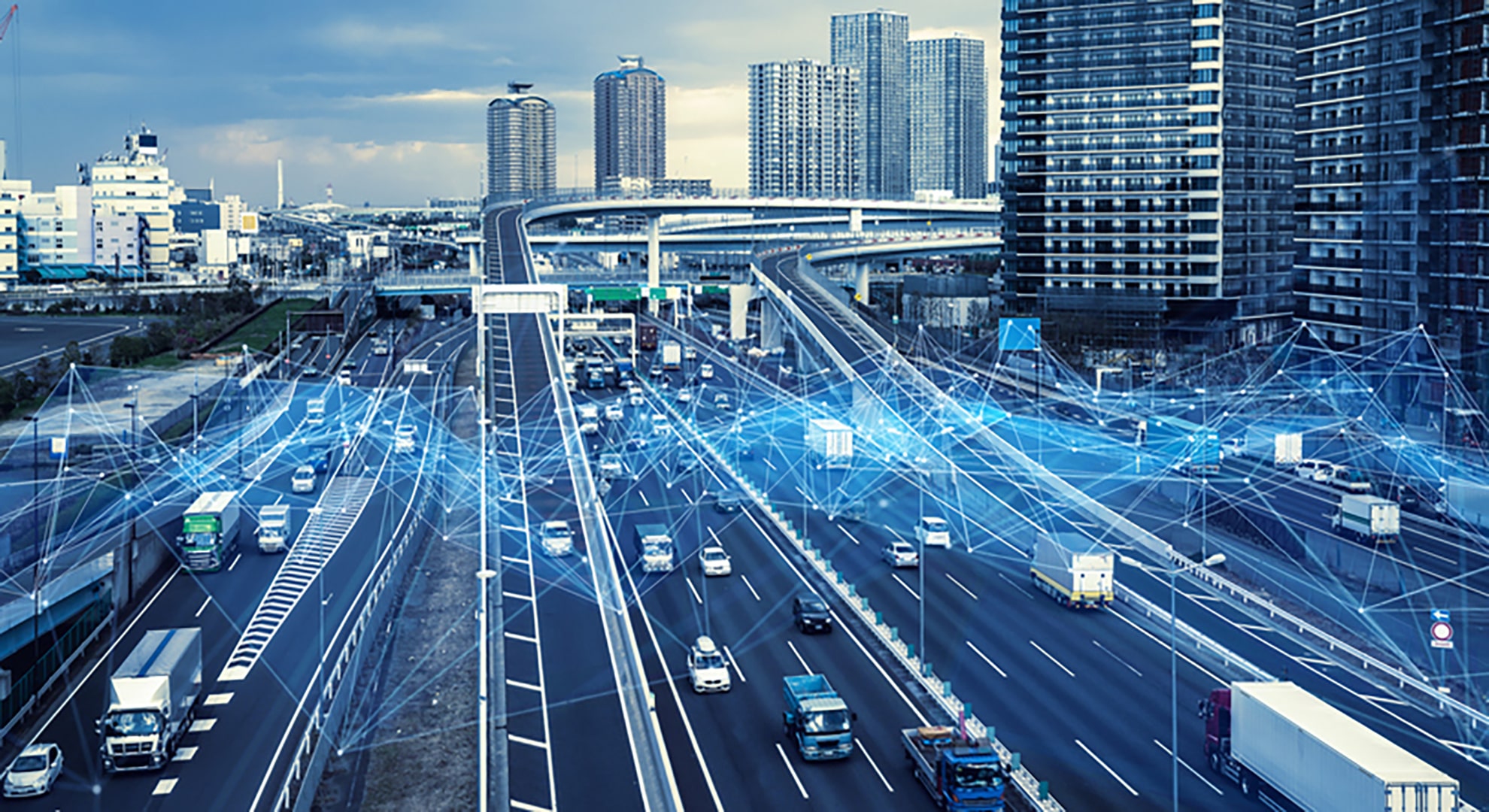
28 May Benefits of implementing 5G technology in the automotive sector
The implementation of 5G as standard and its widespread use will have a significant impact on countless economic sectors. It’s already transforming the way we see technological development and strategies around disrupting and adapting our infrastructure. Signal distributors and neutral operators, as well as the designers and manufacturers of connected devices, are all now working tirelessly to accelerate that change.
Most of the sectors that will be driven by a new approach to connectivity and better 5G coverage will see a renewed impact on various European economies. As for Spain, the country’s automotive sector – which has a huge impact on the nation’s GDP – is in the process of a large-scale renovation and this refocussing on technology is being seen as an unprecedented opportunity. After a 19.6% fall in vehicle production since 2019 due to the pandemic, the sector is looking to relaunch with the help of ICT.
Electric and connected vehicles thanks to 5G
The Spanish government is determined to promote a shift in its automotive industry by firmly betting on electric driving. In its Recovery, Transformation and Resilience Plan, the country has set itself the goal of introducing at least 100,000 charging points and 250,000 electric vehicles by 2023, as well as developing its value chain and new business models.
This is where new ways of seeing vehicles and their interaction with the environment come into play. By implementing 5G as a connectivity technology standard, data volumes could be increased in a truly remarkable way. To the same extent, by easing the burden of managing and monitoring such vast amounts of information in a secure and stable way,
this will open up the possibility for cars, with 5G technology built in from the factory, to share information in real time. And not just with other vehicles, such as geolocation, speed, programmed routes or other alternatives, for example, but also with the roads themselves, which will soon be made ‘smart’ so they can be interacted with.
Although autonomous driving is still a way off, this intermediate step could completely transform the concept of mobility, reducing the number of accidents and congestion in big cities.
5G technology, the basis of the smart city concept
Smart roads don’t just involve connecting vehicles with the roads they’re driving on. A new signage concept could also come about, perhaps with signs projected onto car windscreens or on-board computers.
Horizontal signalling, as a result, could also become more intelligent, adapting to changing traffic situations, the weather and even lighting conditions at any given moment. Thanks to 5G technology, traffic lights will be able to connect with one another and ‘communicate’ with vehicles, alongside offering automated management, which will be able to deal with any changes in seconds during emergencies or other unforeseen situations.
This concept, which goes far beyond transport and mobility infrastructure alone, focusses on the cities of the future, or smart cities. Smart and connected cities built around the 5G network will allow for more efficient traffic flows, but also better use of the resources available to us, more effective management of electricity, waste management, distribution of clean drinking water, urban lighting, communications between local authorities and security management in real time.
Just like in the automotive sector, 5G technology will be the key player in a significant number of transformations that will, besides impacting directly on both national and continental economies, significantly shift our way of seeing how we live in our urban spaces.

